Education should be truly boundless, no matter a student’s address, ability, wealth, or family status. If you want to see this vision in practice, look no further than my home state of Arizona. Our three-decades-old, universal open enrollment policy has contributed to a sincere evolution in the culture of K-12 education. It’s turned education freedom into a statewide norm.
For bold lawmakers and reformers eager to rethink education’s frontiers, Arizona offers a glimpse of what’s possible when environment drives culture—and how that culture paves the way for even bigger changes.
For the last few years, the state has published an open enrollment data report to measure this shift, but it was first marked by a landmark 2017 study of Maricopa County students. That study revealed that more than half of elementary students are actively selecting their schools, with district schools attracting twice as many choices as charter schools. It showed the world that public schools in Arizona are not merely coping with choice; they are leveraging it to strengthen their offerings.
In Chandler Unified School District (CUSD), the state’s second-largest district with over 40,000 students, today nearly 6,000 students come from outside its boundaries. CUSD doesn’t push families toward a zoned school; it asks where they see their child thriving and helps them choose accordingly. Madison Elementary in Phoenix takes it further, operating “no boundary” schools with unique programs open to all via lottery, enrolling 50% of its students from outside the district despite declining local birth rates.
This cultural shift is evident, its effects reaching beyond education. Real estate listings in Arizona now frequently include nearby charter schools and out-of-district options, reflecting a diminished reliance on one’s address for access to educational opportunity. Parents no longer view choice as an exception but as an expectation: justifying a school selection based on a child’s needs is commonplace, while accepting a default assignment based on address is increasingly rare. This cultural reorientation illustrates how policy can reshape public perceptions over time.
For policymakers, Arizona’s experience reveals a critical dynamic: a system designed to encourage choice fosters an environment where further innovation becomes feasible.
To borrow from the famous John Green, a culture of school choice in Arizona happened slowly, then all at once. In the years following the 1994 reforms which authorized unlimited open enrollment and charter schools, it was a long slog.
Yet some 30 years later, Arizona parents don’t tend to even mention which school boundary their house is in; it’s become mostly irrelevant. The evidence—enrollment growth, district adaptability, and changing real estate practices—is clear that a cultural transformation has taken place.
Education reformers can see that Arizona is offering a replicable framework for states ready to prioritize student-centered education over exclusionary district boundary lines. It’s time to follow our lead.
Sean McCarthy is Director of Fiscal Policy at the Arizona House of Representatives and a 2025 No More Lines Ambassador with yes. every kid.
